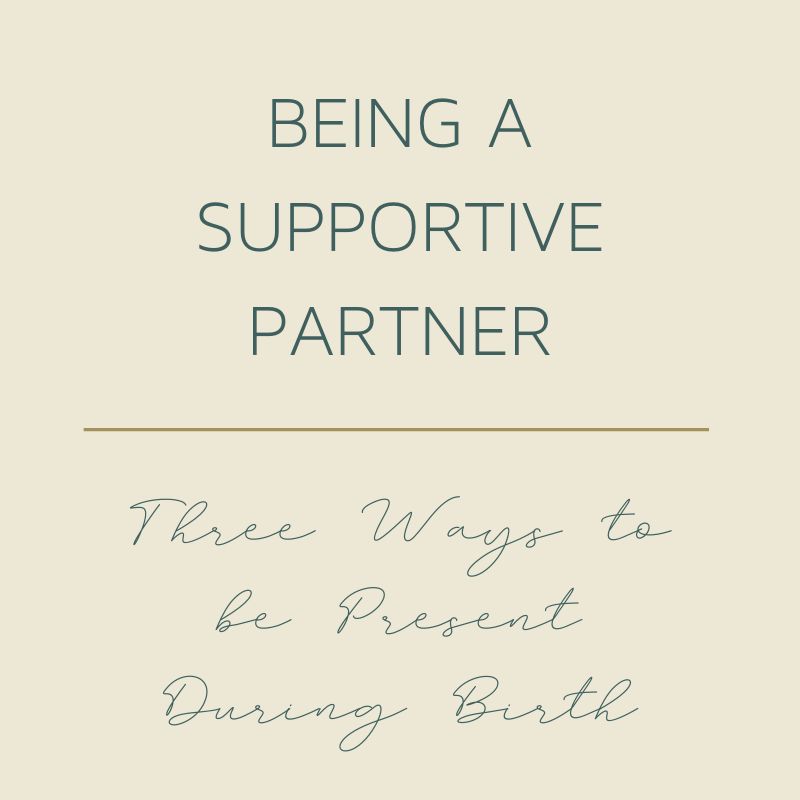Childbirth Education in Buffalo, NY | Hospital Classes vs. Private Classes
/Childbirth education classes have been around for 60-70 years, and various “methods” have continued to influence what is taught. Lamaze, Bradley, and Mongan (hypnobirthing) methods are the names most familiar to pregnant women. Over time, classes moved into the hospitals, and the goal of those classes became offering information on choices that were available to them… in that particular hospital. Such classes are appealing; they often come with a tour of the labor and delivery/maternity wings, sometimes they’re covered by insurance, and they’re sometimes recommended by the provider you’ve entrusted to care for you during pregnancy. But are they teaching you the realities or labor and postpartum, or simply wooing you into compliance?
A recent client felt compelled to take the childbirth education class at the hospital she was giving birth at, after her provider encouraged her to do so. We were texting afterward and she said to me, “I feel like I was just schooled on how to be a nice, agreeable patient who will get an epidural when they tell me to.” She felt inadequately prepared for experiencing the unmedicated labor she was planning. She and her partner had learned what procedures and protocols the hospital needed to follow, and what would happen upon checking into the hospital, but when she asked the instructor how she would cope throughout labor the response was to list off the various medical pain relief options. While these are important to understand as well, unless one is planning a cesarean, they will likely feel labor pain at some point and may wish to cope with it using alternative methods. My client also wondered what she’d do if her labor was very long? What were her options in the hospital? Did she have any? What should she expect from a brand new baby? How would she feel? How could her partner support her? So many questions had gone entirely unanswered.
This was one of the main reasons we began creating our own classes in 2018. Birthing people and partners deserve to be well-educated on their options for birth! Not only were we seeing our clients who’d attended a hospital childbirth education class come away feeling unprepared for labor, we also realized the absence of preparation for postpartum and caring for a newborn left our clients feeling lost, swept aside, and lacking confidence for parenthood. When we structured our classes, we made sure to devote as much time to preparing for postpartum and a new baby as we do to stages of labor and birth planning. Much like the founders of formal childbirth education did in the 1960’s, we have put a lot of time and energy into considering everything women need to know (not just about pregnancy, birth, and postpartum but also the inherent dangers in the current system of maternity care and how to create change.)
We offer a full day class, Birthing + Babies, which not only thoroughly covers labor and birth planning, but postpartum planning and newborn care as well. We also offer a complete series of classes: Childbirth Prep, Comfort Measures, Baby Basics, and Breastfeeding 101. Each class is two hours and packs a whole lot of information in. Pick and choose to customize your educational experience, or register for all four to start parenthood off on the right foot, armed and prepared with expert knowledge (and save $25.00 while you’re at it!) Check out our upcoming class schedule or contact us with questions or to schedule a private class. Our classes take place in the cozy office of Buffalo Doula Services, and at the office/birth space of Fika Midwifery, the Coit House.



